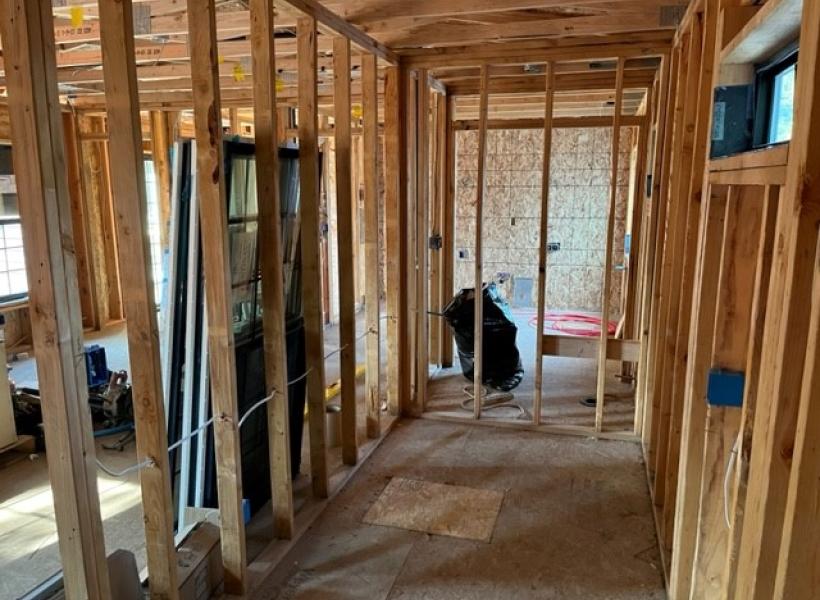Construction projects can be complex and often involve unforeseen circumstances that can lead to changes in the initial plan. These changes, known as change orders, can cause delays and increase project costs. However, by implementing strategies to minimize change orders, construction teams can stay on track and avoid unnecessary expenses. In this blog, we'll explore some of the most effective strategies for minimizing change orders in construction projects.
- Thorough Planning and Design
The first step in preventing change orders is to ensure that the planning and design phase is as thorough as possible. This includes creating detailed construction documents, including accurate measurements and specifications, as well as identifying potential problems and developing solutions in advance. The more time and effort spent on the planning and design phase, the less likely it is that issues will arise during construction.
- Communication
Effective communication is critical in preventing change orders. All stakeholders, including the owner, the architect, the contractor, and the subcontractors, should be kept informed of any changes or issues that arise during the construction process. Regular meetings should be held to review progress and discuss any potential changes or issues. This allows everyone to be on the same page and reduces the likelihood of misunderstandings or miscommunications.
- Contract Management
Clear and detailed contracts can help prevent change orders by outlining the expectations and responsibilities of all parties involved in the project. The contract should include a scope of work, payment schedule, and any contingencies or change order provisions. A well-written contract can help prevent disputes and minimize the likelihood of changes or modifications.
- Material and Equipment Selection
Choosing the right materials and equipment can help prevent change orders by reducing the likelihood of problems arising during construction. Selecting high-quality materials and equipment that meet the project's requirements and specifications can help prevent delays and other issues that may require changes or modifications.
- Quality Control
Quality control is essential in preventing change orders. Regular inspections and quality checks can help identify any issues early on, allowing them to be addressed before they become more significant problems. This can help prevent the need for changes or modifications later in the construction process.
In conclusion, minimizing change orders is essential in keeping construction projects on track and within budget. By implementing thorough planning and design, effective communication, clear contracts, careful material and equipment selection, and rigorous quality control, construction teams can avoid unnecessary changes and keep the project on schedule and within budget.





